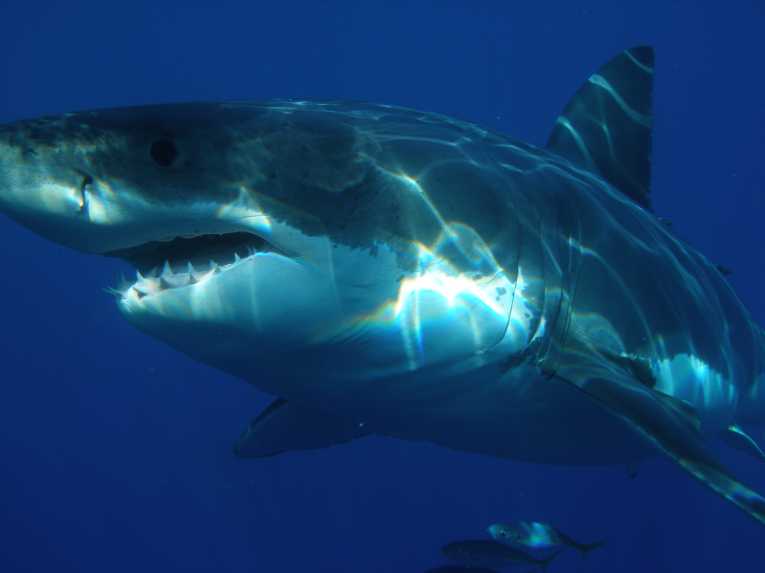The island of Raja Ampat boasts some of the highest levels of marine biodiversity in the world, with over 1300 species of fish and over 600 species of coral recorded. The new reserve encompasses this unique marine environment and surrounds the whole island at just over 15,000 square miles. Endorsed by the Regent of Raja Ampat in Indonesia, Bupati Drs Marcus Wanma, the sanctuary has been a major win for sharks as well as many other marine animals living in these waters.
The past few years has seen a dramatic increase in shark finning and manta ray hunting around the island of Raja Ampat. In June 2010, Shark Savers and the Misool Eco Resort based at Raja Ampat, launched a petition pushing for the creation of a Shark Sanctuary to protect the entire island.
Over 8,500 people signed the petition and, with massive support from tourism organisations and NGO's and research institutes, they won the fight. The Shark Sanctuary is now the first of its kind in Indonesia and opens the door for further sanctuaries and reserves in what is the largest island archipelago in the world.
In supporting the sanctuary, the Bupati was so impressed with the proposal that he extended the shark reserve to include sea turtles, dugongs, manta rays, and other aquarium fish. In addition he prohibited using any kinds of poison or bombs to catch fish.
.jpg)
Image copyright Misool Eco Resort
The sanctuary shows how the diving and tourism communities and the shark conservation organisations can work together to protect a very special resource. ''Underwater ecotourism is a vital tool to counter the rampant exploitation of the world's remaining sharks and bio-rich marine ecosystems'', explains Michael Skoletsky, Executive Director of Shark Savers.
By making this historic agreement for the Raja Ampat shark sanctuary, the Bupati has demonstrated significant leadership in marine conservation. The next steps for the sanctuary are to formalise the declaration into Indonesian law. The monitoring and enforcement can then really be stepped up to protect the fabulous marine life in this very special part of the world.










